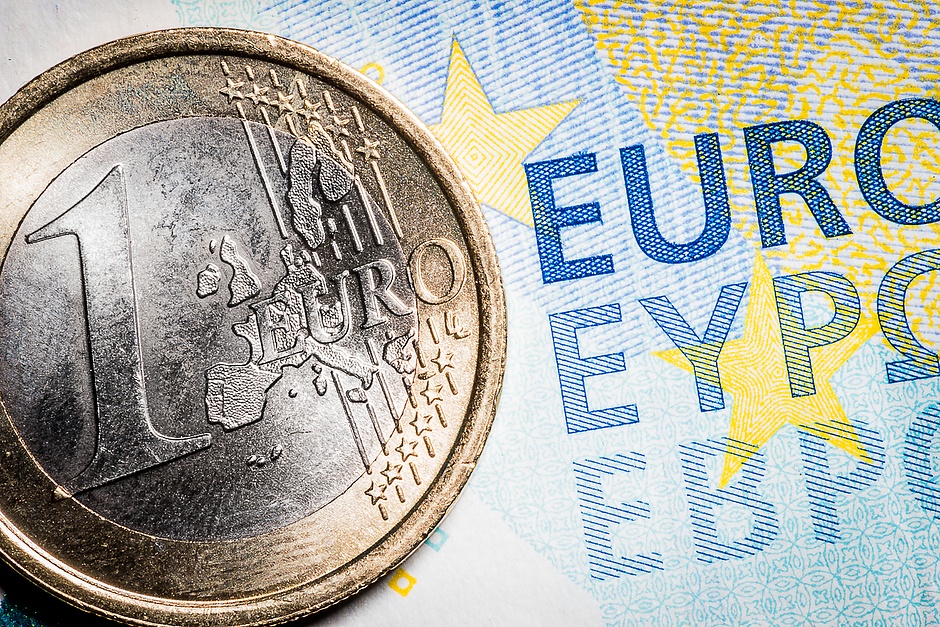EUR/USD backslides into 1.05 as Euro bids remain elusive
- EUR/USD lost ground again on Monday, skidding back into 1.05.
- Fiber failed to recapture the 1.0600 handle as near-term bounce fizzles.
- Plenty of ECB speeches dot the landscape, US NFP jobs numbers loom on Friday.

EUR/USD kicked off another trading week with a decline back into familiar near-term lows, flubbing a fresh run at the 1.0600 handle and backsliding into 1.0500, shedding nearly eight-tenths of a percent on Monday. US Purchasing Managers Index (PMI) figures beat the street but still came in below the 50.0 contraction level, bolstering the safe haven Greenback.
European economic data remains thin in the front half of the trading week, though several European Central Bank (ECB) speeches are smattered across the data docket. Another Nonfarm Payrolls (NFP) week looms over markets with US net jobs additions figures slated for Friday, and plenty of labor and wages preview data throughout the week.
US ISM Manufacturing PMI figures rose in November, climbing to a five-month high of 48.4 versus the previous 46.5, over and above the forecast 47.5. Despite the uptick in business expectation survey results, the indicator is still stuck in contraction territory below 50.0, implying the majority of business operators still see declines in overall activity in the coming months.
EUR/USD price forecast
EUR/USD is stuck in the dumps near 1.0500 after a bullish recovery fizzled. Fiber only managed to squeeze out a single green weekly candlestick after hitting multi-year lows near 1.0330. The 50-day and 200-day Exponential Moving Averages (EMA) have confirmed a bearish cross, with the 50-day EMA accelerating downward into 1.0700 as the 200-day EMA prices in a firm ceiling near 1.0840.
EUR/USD daily chart

Euro FAQs
The Euro is the currency for the 19 European Union countries that belong to the Eurozone. It is the second most heavily traded currency in the world behind the US Dollar. In 2022, it accounted for 31% of all foreign exchange transactions, with an average daily turnover of over $2.2 trillion a day. EUR/USD is the most heavily traded currency pair in the world, accounting for an estimated 30% off all transactions, followed by EUR/JPY (4%), EUR/GBP (3%) and EUR/AUD (2%).
The European Central Bank (ECB) in Frankfurt, Germany, is the reserve bank for the Eurozone. The ECB sets interest rates and manages monetary policy. The ECB’s primary mandate is to maintain price stability, which means either controlling inflation or stimulating growth. Its primary tool is the raising or lowering of interest rates. Relatively high interest rates – or the expectation of higher rates – will usually benefit the Euro and vice versa. The ECB Governing Council makes monetary policy decisions at meetings held eight times a year. Decisions are made by heads of the Eurozone national banks and six permanent members, including the President of the ECB, Christine Lagarde.
Eurozone inflation data, measured by the Harmonized Index of Consumer Prices (HICP), is an important econometric for the Euro. If inflation rises more than expected, especially if above the ECB’s 2% target, it obliges the ECB to raise interest rates to bring it back under control. Relatively high interest rates compared to its counterparts will usually benefit the Euro, as it makes the region more attractive as a place for global investors to park their money.
Data releases gauge the health of the economy and can impact on the Euro. Indicators such as GDP, Manufacturing and Services PMIs, employment, and consumer sentiment surveys can all influence the direction of the single currency. A strong economy is good for the Euro. Not only does it attract more foreign investment but it may encourage the ECB to put up interest rates, which will directly strengthen the Euro. Otherwise, if economic data is weak, the Euro is likely to fall. Economic data for the four largest economies in the euro area (Germany, France, Italy and Spain) are especially significant, as they account for 75% of the Eurozone’s economy.
Another significant data release for the Euro is the Trade Balance. This indicator measures the difference between what a country earns from its exports and what it spends on imports over a given period. If a country produces highly sought after exports then its currency will gain in value purely from the extra demand created from foreign buyers seeking to purchase these goods. Therefore, a positive net Trade Balance strengthens a currency and vice versa for a negative balance.
Author

Joshua Gibson
FXStreet
Joshua joins the FXStreet team as an Economics and Finance double major from Vancouver Island University with twelve years' experience as an independent trader focusing on technical analysis.

















